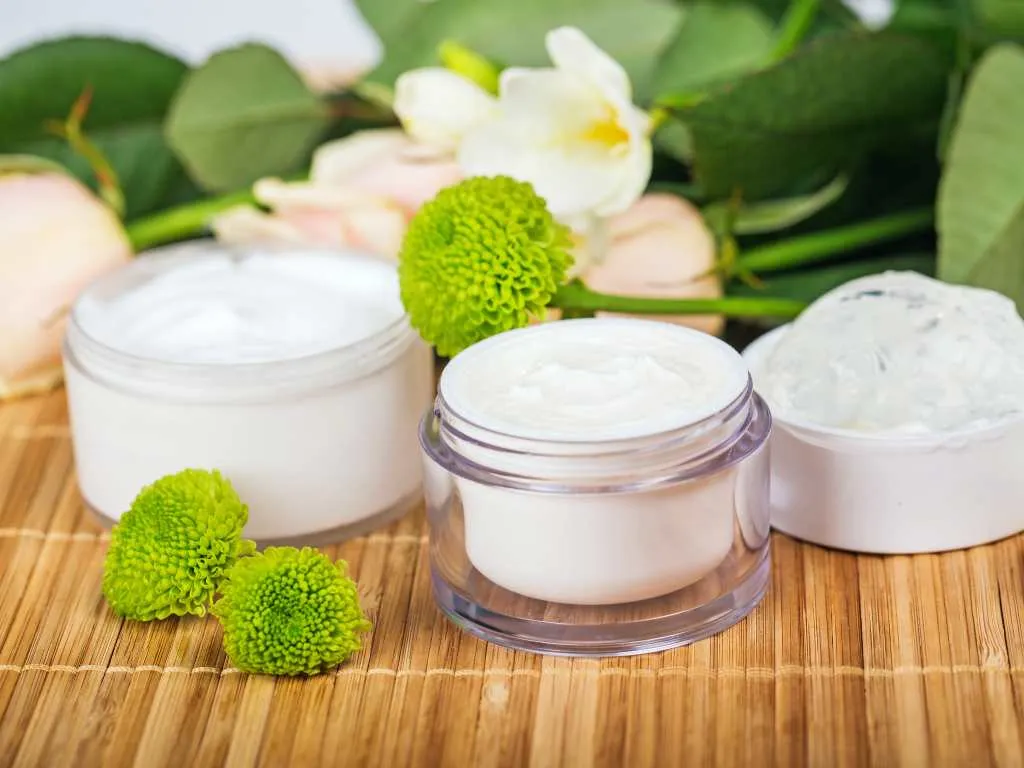News Details

East African countries notify WTO of draft standards for skincare products
On 9 April 2024, five East African countries (Burundi, Kenya, Rwanda, Tanzania, and Uganda) notified the World Trade Organization (WTO) of Draft East African standards for special purposes (anti-aging and sunscreen) skincare products. The notifications are open for comments for 60 days from the date of notification.
East African Standards
East African Standards (EAS) are developed by the East African Standards Committee (EASC) with the aim of harmonising quality requirements for products and services in the East African Community. The aim is to remove barriers to trade within the Community through harmonised standardisation.
East African Standards are developed by technical committees representative of key stakeholders including government, academia, consumer groups, the private sector and other interested parties. The standards are periodically reviewed to incorporate technological advances. Users of the East African Standards should therefore ensure that they have the latest versions of the standards they are using.
The EAS for skincare products have been prepared by the Technical Committee on Cosmetics and Related Products.
Draft Standard for Special Purpose Skincare
In an effort to ensure consumer safety and quality control, the draft East African Draft Standard (DEAS 1205:2024) has been introduced to provide detailed specifications for anti-aging, anti-wrinkle and sunscreen skincare products. It, however, excludes skincare products regulated under EAS 786, as well as anti-wrinkle and anti-aging products, aromatherapy substances, and hair creams, lotions, and gels.
Key points of the Anti-Aging Draft Standard
-
Scope: Specifies requirements, sampling, and test methods for anti-aging/anti-wrinkle products.
-
Normative References: Refers to other standards that are requirements of the EAS, including standards for labelling, cosmetics, and microbiology.
-
Terms and Definitions: Defines terms used in the document relating to skincare products such as creams, lotions, gels and various skincare formulations.
-
Requirements: Details the ingredients, general requirements, specific requirements, microbiological limits, and heavy metal contaminants for anti-aging products.
-
Packaging and Labelling: Specifies packaging and labelling requirements, including product name, indication of whether it's anti-aging or anti-wrinkle, and other labeling requirements.
-
Sampling: Describes the sampling procedure in accordance with ISO standards.
-
Annexes: Includes detailed procedures for determining total fatty substance content, hydroquinone content, and antioxidant activity.
Specific details can be found in the Draft Standard here.
Key points of the Sunscreen Draft Standard
-
Scope: Specifies requirements, sampling, and test methods for sunscreen products intended to protect against ultraviolet (UV) radiation.
-
Normative References: Refers to other standards that are essential to the application of the EAS, including standards for labelling, cosmetics, and methods for testing sunscreen efficacy.
-
Terms and Definitions: Provides definitions for terms used in the document, such as sunscreen, sun protection factor (SPF), broad-spectrum protection, water resistance and other relevant terms.
-
Requirements: Details the general requirements, specific requirements, labelling requirements, microbiological limits, and heavy metal contaminants for sunscreen products.
-
Packaging and Labelling: Specifies packaging and labelling requirements, including product name, SPF value, PA rating (for UVA protection), directions for use, and other required labelling information.
-
Sampling: Describes the sampling procedure in accordance with ISO standards to ensure that representative samples are obtained for testing purposes.
-
Annexes: Provides detailed procedures for determining SPF, UVA protection (PA rating), water resistance and other relevant tests to assess the efficacy and safety of sunscreen products.
Specific details can be found in the Draft Standard here.
Conclusion
In conclusion, the notification of the draft East African Standards for skincare products is an important step towards ensuring consumer safety and quality control in the East African region. By harmonising standards for anti-aging and sunscreen products, East African countries aim to facilitate trade while prioritising the well-being of consumers. Stakeholders now have the opportunity to provide feedback on the draft standards, ultimately contributing to the development of robust regulations that will benefit businesses and consumers alike.
We acknowledge that the above information has been compiled from WTO.


